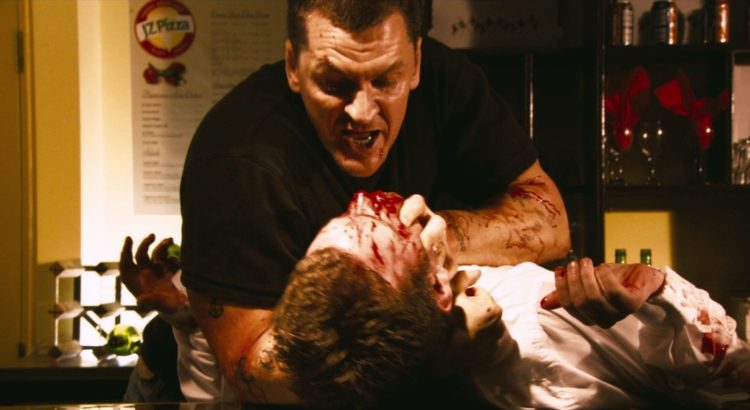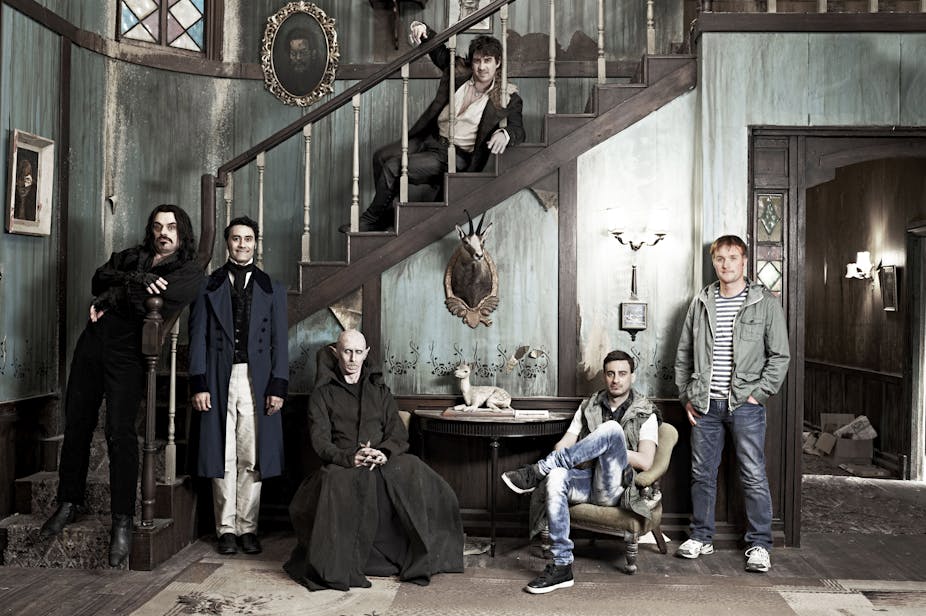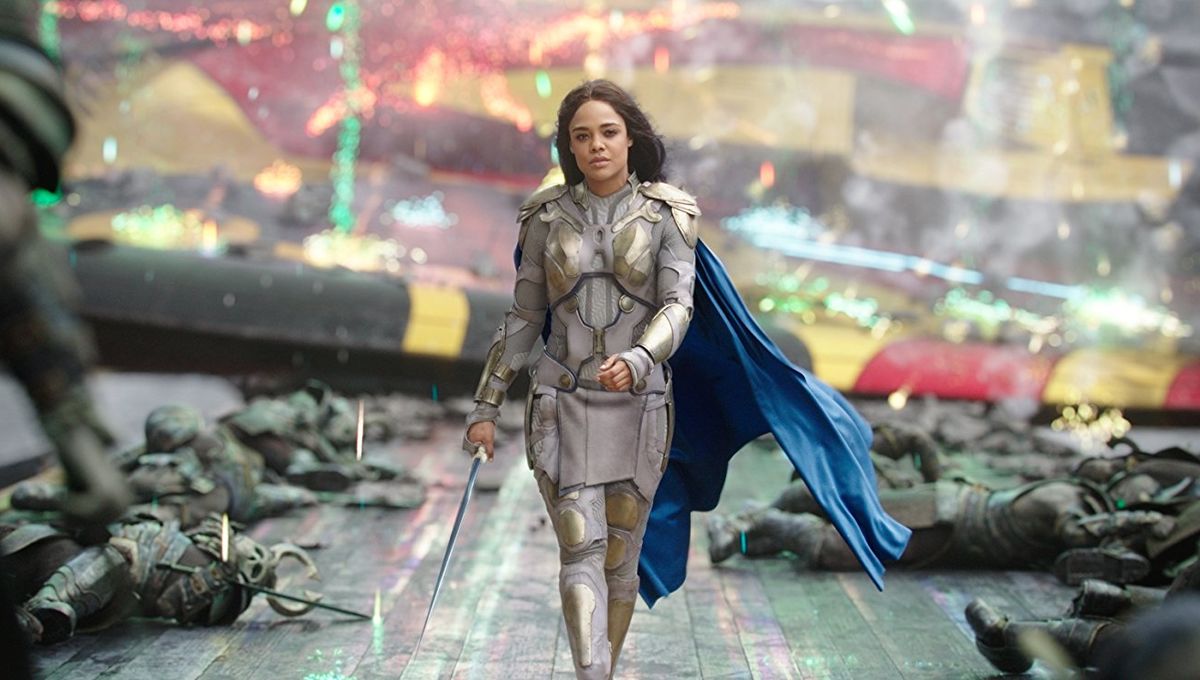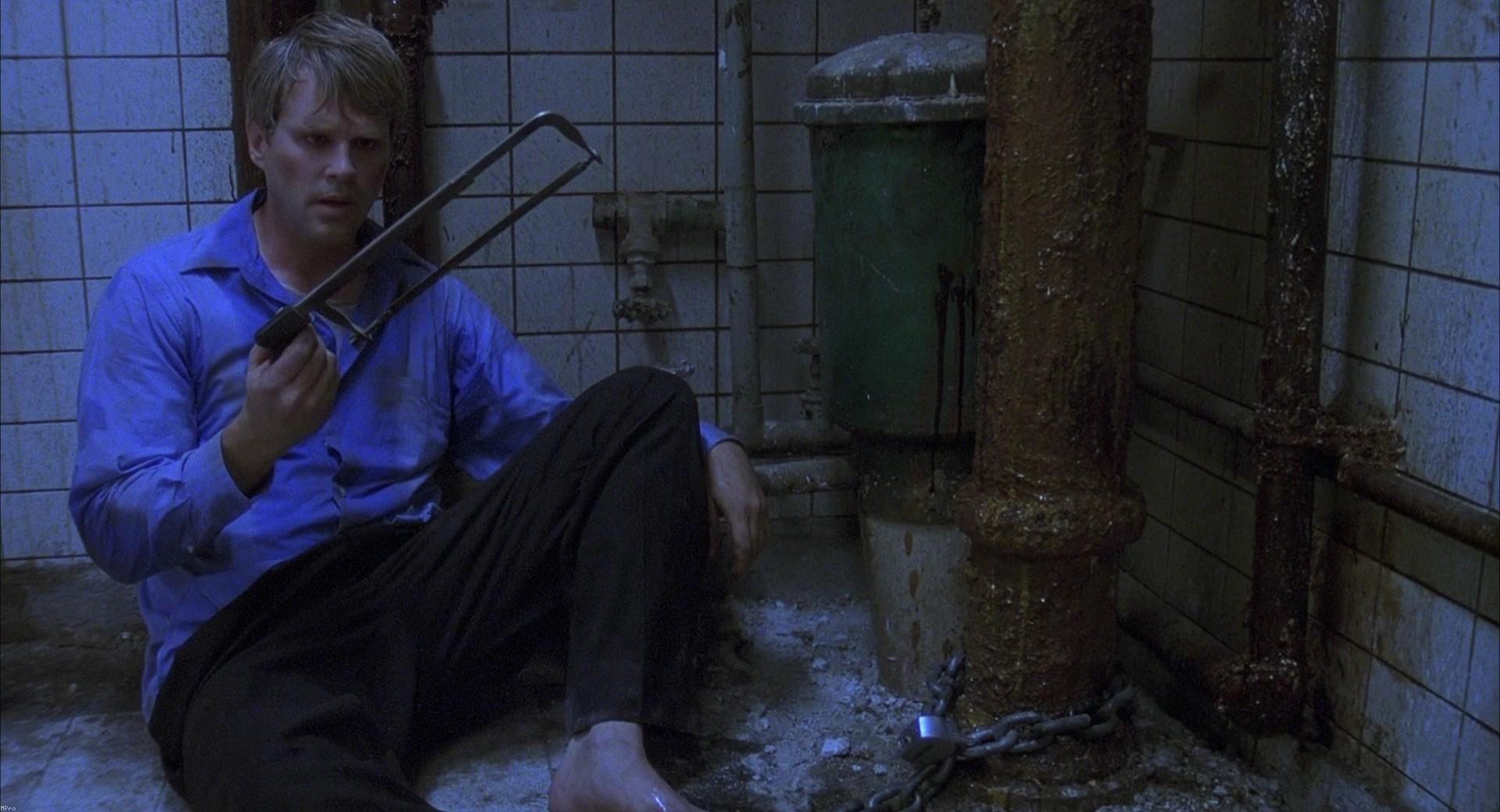Well, this feels tardy. It’s now been over two years since Thor first stomped into our multiplexes, and over two months since a summer blockbuster season that sorely needed a heavyweight presence came to its conclusion. Thor: The Dark World even ends with a smash-up of Greenwich that seems like an expensive afterthought to last year’s Olympic/Skyfall-inspired repositioning of London as the centre of the universe – Star Trek Into Darkness set about the capital with less grinding obligation back in May. A moment has been spectacularly missed.
The heel-dragging speaks to a franchise struck with a sudden lack of confidence in its own product, and to lengthy script conferences intended to work out just what to do with a character who remains one of the least engaging of modern movie superheroes. You’ve met Thor, of course: the invulnerable prop forward with the prissy Legolas locks and the all-conquering hammer, played with muscles upon muscles by Chris Hemsworth as a study in the limitations of the alpha-male personality.
As this return match cranks up, the other pieces have been far from favourably positioned. The first film’s breakout character, Tom Hiddleston’s sneering villain Loki, sits in chains; a brief reintroduction to the franchise’s mortals reveals they haven’t developed beyond cut-out nothings (or, in the case of Natalie Portman and Kat Dennings’ science-free scientists, rather flavourless eye candy); and it’s unlikely anybody’s coming back for more of Anthony Hopkins’ beardy waffle as Odin.
Worse: the script conferences don’t appear to have heeded the lesson of the first film – that the Earth stuff is always going to play better than what’s happening up in “space”, which is men in silly helmets running round on silly sets apparently remaindered from the TV Star Treks. The world of the Gods has become more turbulent in the gap between films one and two, it seems – civil war has broken out, obliging Thor and Loki to team up – but it has become no less risible-sounding, again raiding the IKEA catalogue for its mythic place names (Svartalfheim, anyone?)
Kenneth Branagh, wisely, passed on making this fly a second time, and Alan Taylor’s shruggingly proficient direction merely leads you to the conclusion The Dark World is nothing more than a placeholder: it exists solely to remind distracted audiences that the Thor guy you once liked is still a viable concern for Disney, and may be back again in two years, perhaps in a better film, if you pony up enough of your hard-earned.
It’ll no doubt recoup enough of same to at the very least break even, but might we not mourn whatever time and money was spent on making a superhero movie that turns out this bathetic, this ordinary? Every scene throws up something newly underwhelming. Portman has a new intern called Ian, who – for all the effort expended on developing the role – may just as well be played by a broom with a volleyball stuck on top of it for a head. And for some reason, the in-film reportage is provided by ITV News, not the go-to BBC, which means that, at one point, we’re confronted by a big 3D close-up of Matthew Lorenzo. (Was Elton Welsby unavailable?)
This recent run of Marvel adaptations became their own self-regulating (and thus critic-proof) universe with last year’s Avengers Assemble, the very model of stock-boosting corporate synergy, and it’s just possible that a subpar, out-of-season spin-off like this might be a deliberate shot at bar- or pulse-lowering, its eerie absence of anything like personality, wit or real dramatic heft designed to make the casual viewer actively long for another Captain America movie. (A typically smarmy Chris Evans cameo reminds us we have that joy awaiting us next year.)
But here’s what I continue not to get about these films – y’know, beyond why anyone over the age of 14 would actually bother to shell out for them. In one format or another, these comic books have been going for years, generating and revisiting decades of potent, apparently compelling pop-culture history. Surely there are more compelling myths to be drawn from the Thor universe than the ones the movies select to showcase? So what the hell is everybody doing in those damn script conferences?
(MovieMail, November 2013)
Thor: The Dark World is available on DVD through Disney; a sequel, Thor: Ragnarok, opens in cinemas nationwide this Tuesday.










